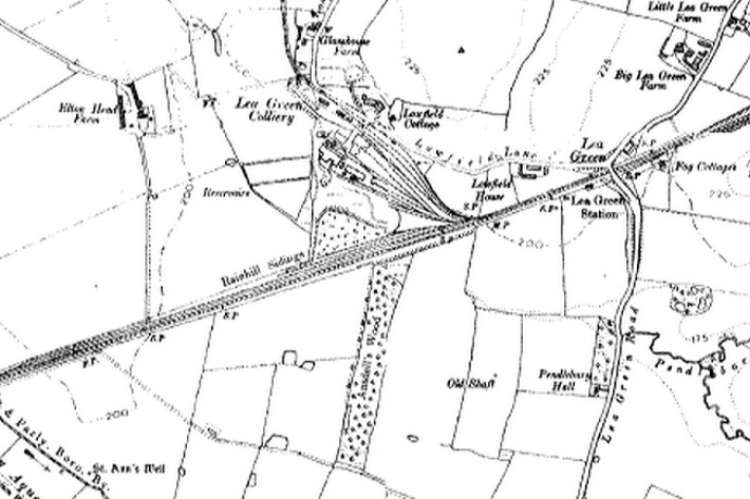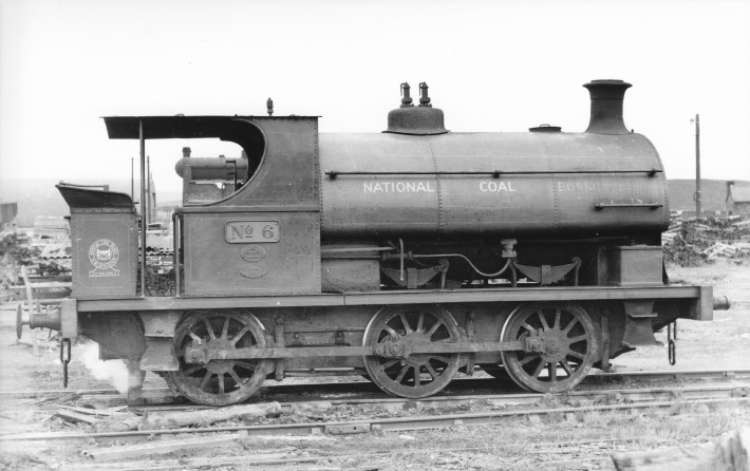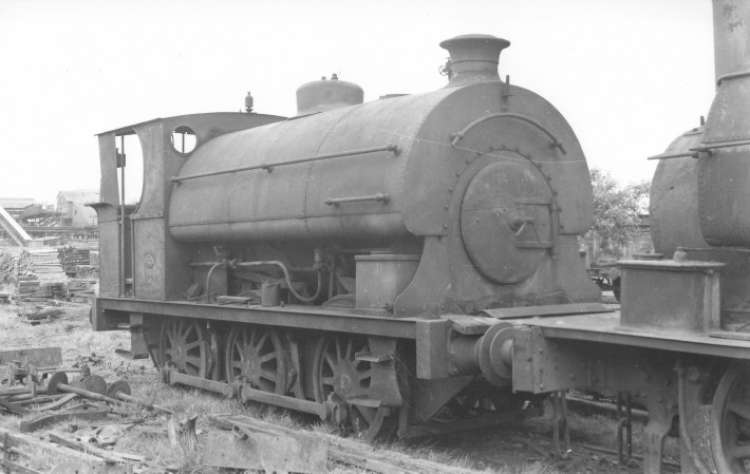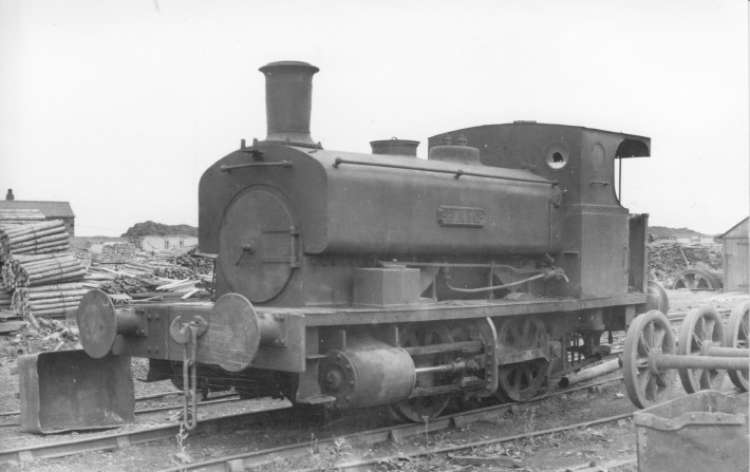
8D ASSOCIATION
The 8D Association is dedicated to promoting the history of the railways of South Lancashire, Merseyside and North Cheshire.
Lea Green Colliery – St Helens.

The first shafts were sunk in the 1870’s by James Radley, who was by then a successful local colliery owner aged around 60. These shafts were known as No1 and No2 and were in production by 1877 according to the mines register. Sadly on 28th March 1885 James Radley passed away at the age of 75 control of the collieries was to eventually pass to his wife Fanny. There were several grades of coal mined here and gas, household, manufacturing and steam were despatched via rail.

From April 1888 to April 1889 220,00 tons of coal was produced from the two shafts and the colliery was rapidly outgrowing the small sidings complex situated to the east of the colliery buildings. With this an agreement was signed with the LNWR for additional sidings adjacent to the Liverpool to Manchester line to accommodate 100 wagons. Production rose again in 1892 with the opening of two further shafts on the site named King and Queen and with this a further connection to the main line was made 263 yards east of Rainhill station.

The colliery had always maintained its own locomotive fleet in a small engine shed located up the original branch close to the earlier Sutton Heath colliery near to Eltonhead Road. With the closure of Sutton Heath it was deemed prudent to build a new shed closer to the colliery this would therefore allow the closure of the branch. So in 1953 the NCB constructed a new shed near to the sidings on the main line where all locos would be stabled and maintenance carried out.

The end for Lea Green came in August 1964 when production ceased and the private sidings closed on 28th January 1967. The colliery buildings and relatively new engine shed were retained within an industrial estate until that too closed in the late 1990’s. The whole site including the colliery tip has been demolished and a housing estate now occupies the site.
